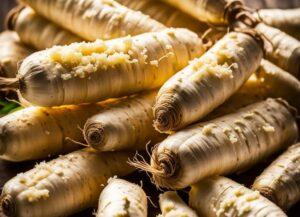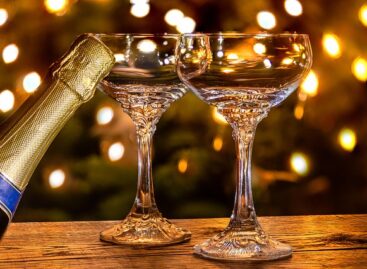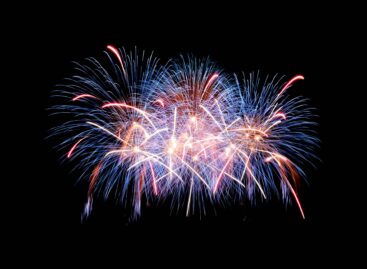Our country is still at the forefront of horseradish cultivation
In addition to the domestic market, there is plenty of high-quality Hungarian horseradish for export. In addition to the well-known – and in great demand during the Easter period – grated version, for pickled and vinegared preserved products – cucumbers, cabbage, beets, mixed cuts, peppers, slaw, etc. – is also used as a flavoring. According to the overview of the National Chamber of Agriculture and the Hungarian Fruit and Vegetable Association (FruitVeB), Hungary is the largest producer of horseradish in the European Union with approximately 1,228 hectares of cultivated land.

In our country, horseradish production takes place on 1,228 hectares, and the harvesting works last from October until the beginning of the next planting season, i.e. until March. In recent years, 10-12 thousand tons of horseradish were harvested annually, in 2023 the amount harvested was 11.5 thousand tons. This makes our country the largest producer of horseradish in the European Union. Thanks to the phased harvesting and storage technology, the Hungarian harvest is sufficient to serve not only the domestic market, but also more than half of the European market until the new horseradish is harvested. We export 80-90% of the horseradish produced in our country, in 2022 we exported 9,000 tons. Exports are mainly directed to Germany, Poland, the United Kingdom and the Czech Republic, typically in fresh juice form.
Horseradish is a native plant in Hungary, its typically pungent taste is caused by the butylthiocyanate and allyl isothiocyanate in its root
These compounds are very similar to the active ingredient of mustard oil, they act on the mucous membrane and lacrimal glands; this is why tears come to our eyes when consumed, and it also irritates our nose strongly. Freshly grated horseradish has a high vitamin C content; has a bactericidal and virucidal effect. In addition to its well-known – and highly sought-after – grated version during the Easter period, horseradish is also popularly used as a flavoring for pickled and vinegar-preserved products (cucumbers, cabbage, beets, mixed cuts, peppers, slaw, etc.).
Hajdúsági Horseradish has been a protected designation of origin (OEM) product since 2008
In 2021, it was also declared a Hungarikum, thanks to the Hajdúság cropland – which lies at the junction of the Löszát in Ermellék and the Nyírság landscape unit. 96 percent of the domestic cropland is located here, which provides a livelihood for hundreds of families. The producers also produce the propagating material for the following year themselves. In terms of varieties, we can find landscape varieties such as the Bagaméri varieties created by selective breeding from the population known as the “Debrecen sweet noble” (e.g. Bagaméri Hungarian, Bagaméri 93/1, Bagaméri delikát), in addition, the Danish variety Danavit is also planted in a significant area.
NAK
Related news
This year, 10 percent more new wine was produced than last year
🎧 Hallgasd a cikket: Lejátszás Szünet Folytatás Leállítás Nyelv: Auto…
Read more >More than 100 Hungarian farmers also demonstrated in Brussels
🎧 Hallgasd a cikket: Lejátszás Szünet Folytatás Leállítás Nyelv: Auto…
Read more >Hungarian champagne crowns the end-of-year holidays!
🎧 Hallgasd a cikket: Lejátszás Szünet Folytatás Leállítás Nyelv: Auto…
Read more >Related news
The New Year’s Eve fireworks fair is back: temporary sales will start in department store parking lots at the end of December
🎧 Hallgasd a cikket: Lejátszás Szünet Folytatás Leállítás Nyelv: Auto…
Read more >The first Eastern European non-alcoholic beer turns 50
🎧 Hallgasd a cikket: Lejátszás Szünet Folytatás Leállítás Nyelv: Auto…
Read more >Sausage: pork prices are already going down, but they won’t be cheaper in stores – a significant correction may come in the spring at the earliest
🎧 Hallgasd a cikket: Lejátszás Szünet Folytatás Leállítás Nyelv: Auto…
Read more >






